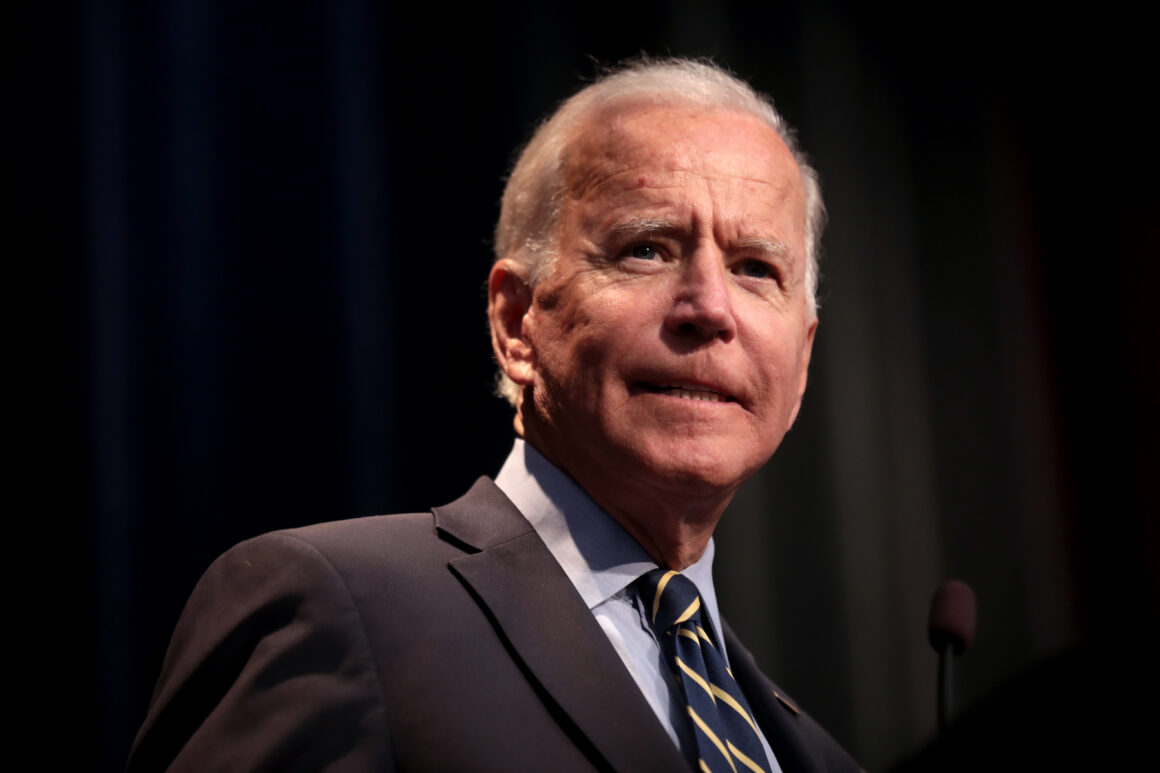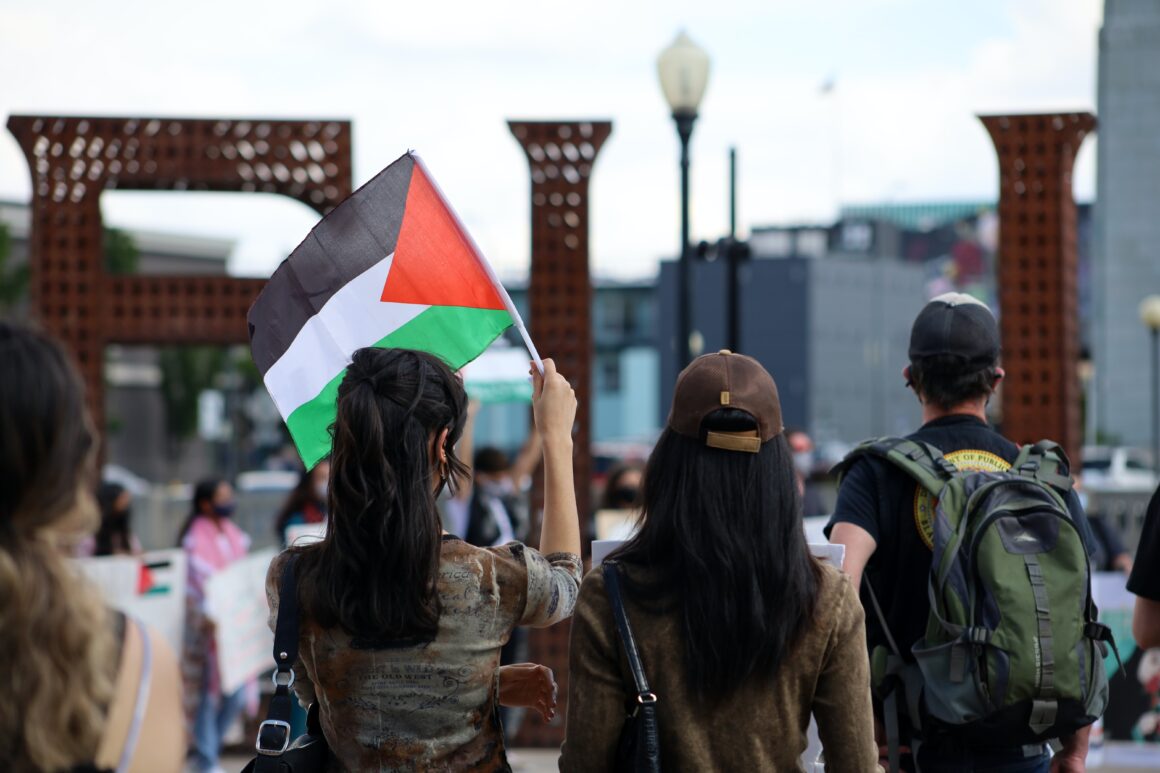
The other day, the University of Chicago sent a letter out to incoming freshman telling them that the school does not support “trigger warnings” and “safe spaces”. Many conservatives, and some liberals, applauded this decision as it defied the trend of schools becoming oversensitive and coddling their students rather than challenging their minds and beliefs. One teeny tiny itsy bitsy problem with that though: that’s not what trigger warnings and safe spaces do.
People seem to think that a trigger warning is a new idea millennials made up to keep our oversensitive minds from gaining new and challenging information. In reality, however, trigger warning are anything but new; research about them actually boomed after the Vietnam War. According to PsychCentral, a trigger is “something that sets off a memory tape or flashback transporting the person back to the event of her/his original trauma.” Therefore, a trigger warning is simply a warning to keep people who might be set off by the subject matter from revisiting their previous trauma. Many veterans with PTSD utilize trigger warnings to prevent reverting back to their on-edge and instinctual behavior they had when in combat.

Safe spaces on the other hand are often considered to be places where liberal college students go to avoid being subject to differing political opinions. Once again, however, a simple Google search can disprove that notion. According to SafeSpaceNetwork, they are actually “[places] where anyone can relax and be able to fully express, without fear of being made to feel uncomfortable, unwelcome, or unsafe on account of biological sex, race/ethnicity, sexual orientation, gender identity or expression, cultural background, religious affiliation, age, or physical or mental ability.” In short, “a place where the rules guard each person’s self-respect and dignity and strongly encourage everyone to respect others.” Now, let’s be very clear: homophobia, racism, transphobia, sexism, etc. are not political opinions.
Most people advocating for safe spaces and trigger warnings aren’t these “oversensitive crybabies” that people are setting them out to be. Of course there are some outliers that abuse the terms and resources to suppress other people’s viewpoints, but outliers exist in every group. These tools and methods are simply trying to keep people safe; when did that become a bad thing? Most criticism describes these practices are ways to suppress non-liberal politics, however this simply isn’t true. Different opinions on healthcare, elections, etc. are welcome as long as they are done so without hostility and bigotry. The real suppression comes from the people actively trying to dismiss and ridicule trigger warnings and safe spaces. Rather than actually hear the supporters out, they are automatically mocked for their ideas, which is pretty ironic.
The main reason people on the political right tend to disagree with safe spaces is because of bigotry. Many people misconstrue their bigoted and ignorant beliefs for political opinions, when they’re really not. Believing that trans people are disgusting is not political; it’s just not. Disagreeing with black lives matter can be a political opinion to be discussed in a safe space, but getting mad and saying “black people are criminals by nature” is not welcome. That’s a bigoted, ignorant, inflammatory, and racist remark. Therefore that kind of speech is not tolerated in safe spaces. If you don’t get it by now: the only things not welcome in safe spaces are bigotry and hatred. So being anti-safespace is being pro-bigotry. That’s not even a big jump or assumption, that’s simply being able to interpret words of the english language without injecting my own prejudice into them.





Comments are closed.